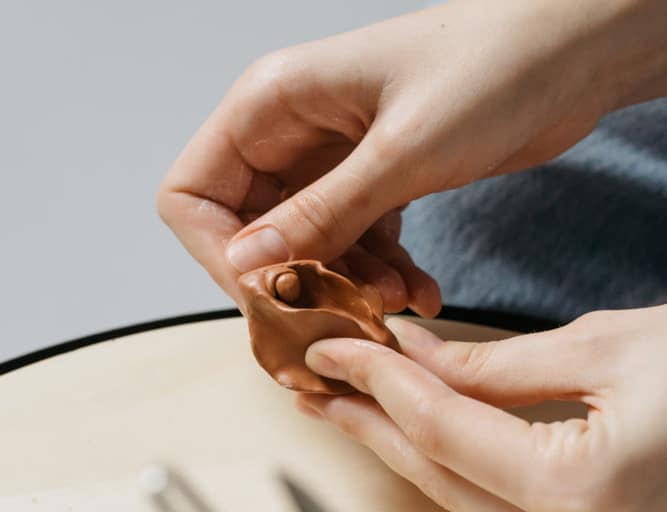
They are a pair of small glands located just at the entrance of your vagina. They cannot be seen or felt unless swollen or infected. Bartholin glands make mucus that drains out towards the entrance of the vagina, keeping it moist.
If the small gland opening gets blocked (usually due to unknown reasons), it becomes swollen and fluid-filled (Bartholin’s cyst). A Bartholin’s cyst is quite common and can vary in size. It can stay the same size, or gradually become bigger. Most of the time, it does not cause discomfort (unless it is fairly sizable) or affect your health. You may only feel a small, non-painful lump on one side of your vaginal entrance. However, if an infection occurs in the Bartholin’s gland, or if the Bartholin’s cyst gets infected, pus can form and a Bartholin’s abscess can result. This can cause pain, redness, fever or pus discharge.
Visit your gynaecologist to have it checked. A Bartholin’s cyst or abscess can be diagnosed through a physical examination as its appearance is characteristic.
If your Bartholin’s cyst is small, not causing you any symptoms and is stable in size, you may leave it alone and observe. A small Bartholin’s abscess can be treated with antibiotics if infection is mild; larger/recurrent cysts or abscesses will need drainage. Drainage can either be done through marsupialization under local or general anaesthesia. In marsupialization, a small cut is made to widen the gland opening and drain the pus and stitches placed to attach the cyst lining to the skin to create a new permanent gland opening. Another method is Word’s catheter insertion performed under local anaesthesia, where a small cut is made to widen the gland opening and drain the pus. A thin rubber tube with a small balloon at its tip is inserted through the cut, inflated and kept in for a few weeks until healing occurs with formation of a new permanent gland opening around the tube before the tube is removed.
In some cases, pus may be sent for testing and you may require a course of antibiotics even after drainage.
The risks are minimal and usually related to mild discomfort around your wound, which should resolve in a few days.
You can go about your daily activities with no problems. Avoid swimming and sex until your Word’s catheter is removed (if one was inserted) and your wound heals. Keep your vaginal area clean and dry at all times. Your Word’s catheter may drop out before your follow-up appointment with your gynaecologist – if you do not experience any troubling symptoms, there is no need to worry.
If you had marsupialization or Word’s catheter, it is unlikely to recur. If you were treated with antibiotics only, or had a simple aspiration (where a needle was used to deflate the cyst/abscess), there is a higher chance of recurrence.